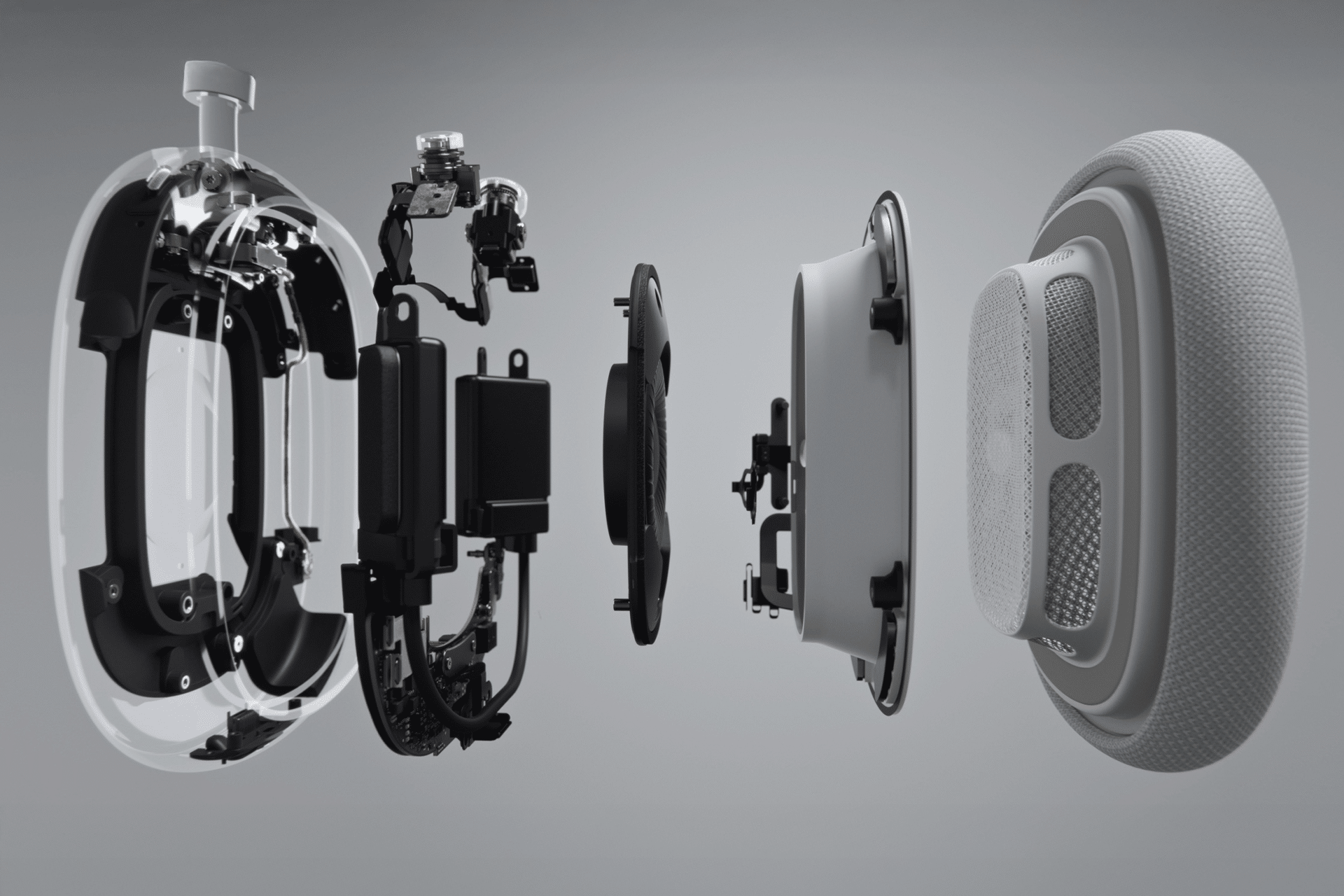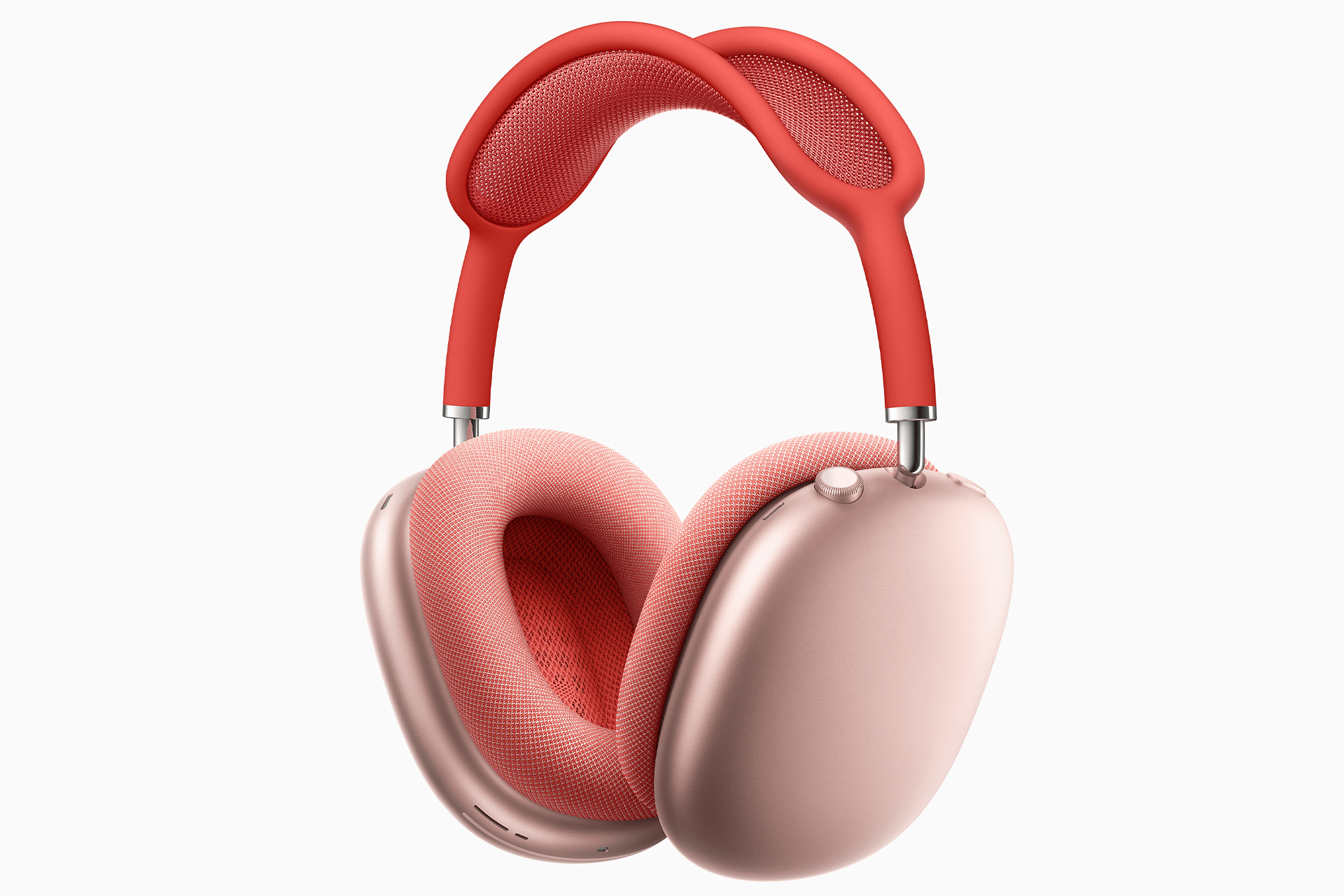AirPods Max are expected to receive their first major redesign since their debut in 2020, with the next-generation model likely to feature a lighter frame, new materials, USB-C connectivity, and improved active noise cancellation. Multiple reports suggest that the AirPods Max 2 are already in late development, with release anticipated in 2026 alongside broader updates to Apple’s audio ecosystem.
While the original AirPods Max have remained a premium benchmark in wireless audio, Apple’s current product strategy points to a stronger focus on comfort, repairability, and long-term component standardization across its headphone lineup. The inclusion of USB-C brings the model in line with other recent accessories, while internal upgrades aim to improve performance and extend battery efficiency.
Design and Material Changes
The second-generation AirPods Max will reportedly use lighter composite materials to address one of the main user complaints about the first version’s weight. Early prototype descriptions mention a revised headband and ear cup structure with thinner aluminum sections and a softer mesh canopy to reduce overall mass without compromising durability.
Color options are expected to expand beyond the original five shades, potentially including darker finishes to match the latest Mac and iPhone palettes. The physical controls — the Digital Crown and noise-control button — will remain, though slightly repositioned for improved reach.
Apple is said to be refining the internal hinge and extending the ear cup rotation angle for a more comfortable fit during long sessions. The Smart Case, one of the most criticized accessories from the first generation, is also being redesigned to offer full protection and magnetic charging support.
Performance and Audio Improvements
The AirPods Max 2 are expected to run on a next-generation chip, likely the H2 or a variant designed specifically for over-ear models. This upgrade should deliver faster pairing, better adaptive noise cancellation, and support for Apple’s on-device AI framework for personalized sound profiles.
Audio performance will remain a priority. Sources close to the supply chain indicate the use of a new dynamic driver optimized for mid-range clarity and spatial precision. The upgraded chip and improved microphone array will enhance voice call quality and transparency mode accuracy, particularly in outdoor environments.
Battery life is projected to extend by several hours thanks to more efficient power management and the shift to USB-C fast charging. Unlike previous versions, the AirPods Max 2 may also support lossless playback when paired with upcoming Apple devices featuring next-generation wireless protocols.

Manufacturing and Release Outlook
Production of AirPods Max 2 is expected to begin in mid-2025 through Apple’s manufacturing partners Luxshare and Goertek, both of which handle existing AirPods models. Component sources suggest that small-scale pilot runs have already started in preparation for full assembly.
Pricing is expected to remain close to the current model’s $549 range, though a slight increase could occur due to material and chip upgrades. The AirPods Max 2 will likely be marketed as part of Apple’s 2026 product cycle, aligning with the upcoming M5-powered Macs and iPads.
Analysts view the update as evolutionary rather than disruptive — focusing on usability, standardization, and integration with Apple Music and Spatial Audio features rather than major design reinvention.
By introducing USB-C, refined materials, and better power efficiency, the AirPods Max 2 will close the technological gap between Apple’s over-ear and in-ear models, maintaining their position as one of the most premium wireless headphones in the industry.
















